Top 10 Historic Sites in Lisbon, Portugal
Without a doubt, the Portuguese capital city, Lisbon, is a center for the arts and history. The Portuguese Empire was one of the first to emerge on the Atlantic ocean, conquering sects of Western African, North/South America and mid-Atlantic islands along the way. The dawning of Portugal came with the famous Age of Exploration. During the 15th and 16th centuries, Portugal became one of Europe’s leading powers along with England, France and Spain.
During this era, fine arts and exquisite taste became synonyms with Portugal. The city of Lisbon remains flooded with remnants from centuries ago. For history buffs and world travelers, it is no wonder that the city of Lisbon ranks within the Top 10 Travel Bucket Lists. When you travel to Lisbon, it is impossible not to walk right through centuries of world class history. From cobblestone roads to renaissance architecture, the city of Lisbon has it all. Without further adieu, let’s kick off Tripio’s Top 10 Historic Sites in Lisbon!
Before we move on, did you know that every week we send out a newsletter featuring:
- New Destinations on the Tripio app
- Highlighted Itineraries on the Tripio app
- 3 Articles from the Tripio blog
Subscribe to Tripio’s Weekly Newsletter!
1. Belem Tower, Lisbon
There is no better way to get us started on our journey through Lisbon’s history than with the Tower of Belem. Originally named the Tower of Saint Vincent, this historic landmark served as one of the city’s most popular tourist attractions. The Belem Tower, constructed in the 16th-century to stand as a ceremonial landmark for Portuguese explorers. Portugal led the world during the Age of Exploration. The Tower of Belem remained a sacred landmark for disembarkation and as a gate to Lisbon for returned explorers.
The tower displays the typical Manueline style of art and architecture that was prominent in Western Europe at this time. Every year, thousands of tourists fascinated by history and the arts make their way to this beautiful landmark. There was simply no better way for Tripio App to start off its Top 10 Historic Sites in Lisbon. As you plan your travel through Europe, be sure to add the Belem Tower to your bucket-list itinerary.
2. Jeronimos Monastery
Number 2 on Tripio’s Top 10 is none other than the famous landmark, Jeronimos Monastery. Constructed under the Order of Saint Jerome in 1501 CE. Any traveler planning their vacation to Lisbon has surely come across the glamor of Jeronimos Monastery. The intricacy and complexity of the monastery’s interior and exterior comes from the Portuguese Late-gothic Manueline architecture style.
The rich historic value of Jeronimos Monastery attracts thousands of tourists and travelers every year. Jeronimos Monastery captures a time that was most important to not only Portugal, but to all of Europe. While you travel through Lisbon, you simply must check out the undeniable beauty of Jeronimos Monastery.
3. Convento do Carmo, Lisbon
A historic tour through Lisbon cannot be complete without a visit to the Carmo do Convento. This piece of history triumphs over many throughout Europe. Carmo do Convento translates to The Convent of Our Lady of Mount Carmel. The convent was founded in 1389 CE by Constable D. Nuno Alvarez Pereira. This former Catholic convent was established in 1423. It was built by architects Afonso Eanes, Gonçalo Eanes, Rodrigo Eanes and Leonel Gaia. Construction began in 1389 CE.
This architectural design takes on a unique approach to the Gothic style. Like many of Lisbon’s historic sites, the great earthquake of 1755 left much of the Carmo do Convento to ruins. What is left today is simply a magical piece of history for tourists to be baffled by. Your vacation in Lisbon is not complete without a visit to the Carmo do Convento
4. Padrão dos Descobrimentos Monument
Portugal’s Age of Exploration. Give or take during the 15th-century lived one of the world’s greatest era’s of exploration. Treasured explorations such as Vasco da Gama and Christopher Columbus set sail from the Portuguese shore in hopes of finding a better trade route to the East. The Padrão dos Descobrimentos Monument highlights the memories of these great explorers. Adventures of these brave explorers behold within the monument itself.
The monument was established by Portuguese architect José Ângelo Cottinelli Telmo, and sculptor Leopoldo de Almeida in 1939. As of January, 1960 the Padrão dos Descobrimentos has stood as a national treasure for the Portuguese and for the rest of the world. Beautiful intricate design and architecture embody the Padrão dos Descobrimentos Monument. This historic landmark is one that people who travel to Lisbon never seem to forget.
5. Lisbon Cathedral
One of the finest treasures in the entire city of Lisbon is the city’s historic cathedral. The Lisbon Cathedral, commonly referred to as Sé de Lisboa is rich with historic value in every sense. The oldest church in the city is also home to the Patriarchate of Lisbon. During the Second Crusade and the Siege of Lisbon in the 12th-century, a new bishop was put into place and the establishment of Lisbon Cathedral was underway.
The construction of the cathedral began in 1147 and continued through the first years of the 13th-century. Sé de Lisboa was built in a Romanesque style and still remains that way with subtle hints of Gothic influence that were later added on. Tripio App’s Top 10 Historic Sites of Lisbon could not leave out this great piece of European history. As you travel to the Portuguese capital, be sure to add the Sé de Lisboa (Lisbon Cathedral) to your travel itinerary.
6. Queluz National Palace, Lisbon
Both the interior and the exterior of Queluz Palace boast luxury and class. This 18th-century palace was designed by Portuguese architect Mateus Vicente de Oliveira. Construction of the Queluz Palace began in 1747, and is one of the last of the Rococo design architectures. The palace was established as a summer vacation retreat for Dom Pedro of Braganza. Dom Pedro later became the husband of Queen Maria I. Following Dom Pedro’s death in 1786, the Queen slipped into a deep state of madness.
The palace served as a place of solitude and incarceration as her madness grew stronger. Over the years, the Queluz Palace slowly grew away from Portuguese royalties. At the beginning of the 20th-century, the Queluz Palace was handed over to the state. An abundance of intricate artwork and architecture can be discovered at the Queluz Palace. Tripio App highly recommends adding this historical landmark to your adventure itinerary of Historical Sites in Lisbon.
7. Castelo de S. Jorge
Perhaps the most regarded landmark in all of Lisbon is the Castelo de São Jorge. Centuries worth of history’s secrets have been kept alive in this castle. The first walls of this great fortress date back to the 1st-century BC. Over the many years, the Castelo de São Jorge has been restored, remodeled and rebuilt. The name given to this fortress derives from Sao Jorge, the great patron saint of the crusades during the 14th-century. Though many reconstructions of the castle had taken place, it was in the 14th-century that the most significant changes underwent. This gives the castle we see today its medieval look. The adventure begins along the famous stairways that lead travelers to the hilltop castle. From there, breathtaking views capture your attention in every direction. While wandering around the Castelo de S. Jorge, see what kind of historical eras, and their influences you can pick out!
8. Quinta da Regaleira, Lisbon
For those who are willing to travel just outside the city, the Quinta da Regaleira is one you will not want to miss out on during your vacation in Portugal. The Quinta da Regaleira is known for two things. One, being a beautiful example of 20th-century history with decorative frescoes within the chapel and the palace. And two, the unique cavernous attractions that are seemingly out of place at this luxury Quinta. The palace, constructed in 1906 by the man who had it all. Carvalho Monteiro was a wealthy business owner who purchased the historic piece of land and built his new home, giving it the name “Palace of the Monteira Millionaire”.
The chapel and palace are decorated in intricate artworks and styles of architecture during the Romantic period that stormed through Portugal. What captures the whole lot of tourists at Quinta da Regaleira is the Tower of Initiation. This inverted tower drives into the surface of the earth like a watering-well. Follow the stairway down the tower and discover the adventure that you are so eager for!
9. Pena Palace, Lisbon
Portugal’s Romanticism movement was all about color scheme and unique configuration of architectural design. Standing high over the city of Sintra is the Romantic structure of the Pena Palace. This tourist attraction is a must see during your vacation in Southern Portugal. For those who travel in hopes for the best picture perfect destinations, this destination is the right one for you! This 19th-century palace captures the attention of thousands of travelers every year due to its scenic landscape and colorful design.
The Pena Palace, established in 1854. The land on which the palace was built holds historic value of its own. After the land on which the Pena Palace is built on was acquired by King consort Ferdinand II, the palace was built to serve as a summer vacation home for the royal family. For the social media fans, and landscape photographers, be sure to add the Pena Palace to your bucket list itinerary.
10. Sanctuary of Christ the King (Almada)
To wrap up Tripio App’s Top 10 Historical Sites in Lisbon, there is no better landmark than the Sanctuary of Christ the King. The experience of visiting this monument is one travelers hold dear to them. The Sanctuary of Christ the King was inspired by its sister monument (Christ the Redeemer in Rio de Janeiro, Brazil) overseas. The statue of Christ was constructed in the mid 20th-century after the Cardinal Patriarch of Lisbon had visited Rio de Janeiro and had seen what needed to be replicated in their hometown. The statue of Christ stands strong above the Tagus river. Whether you get up close and personal with the statue, or gaze upon it from a distance, the 110 meter statue creates an unforgettable memory for travelers.
If you liked this blog, check out: Best Of Budapest
-Matthew Knotek, Tripio Guru


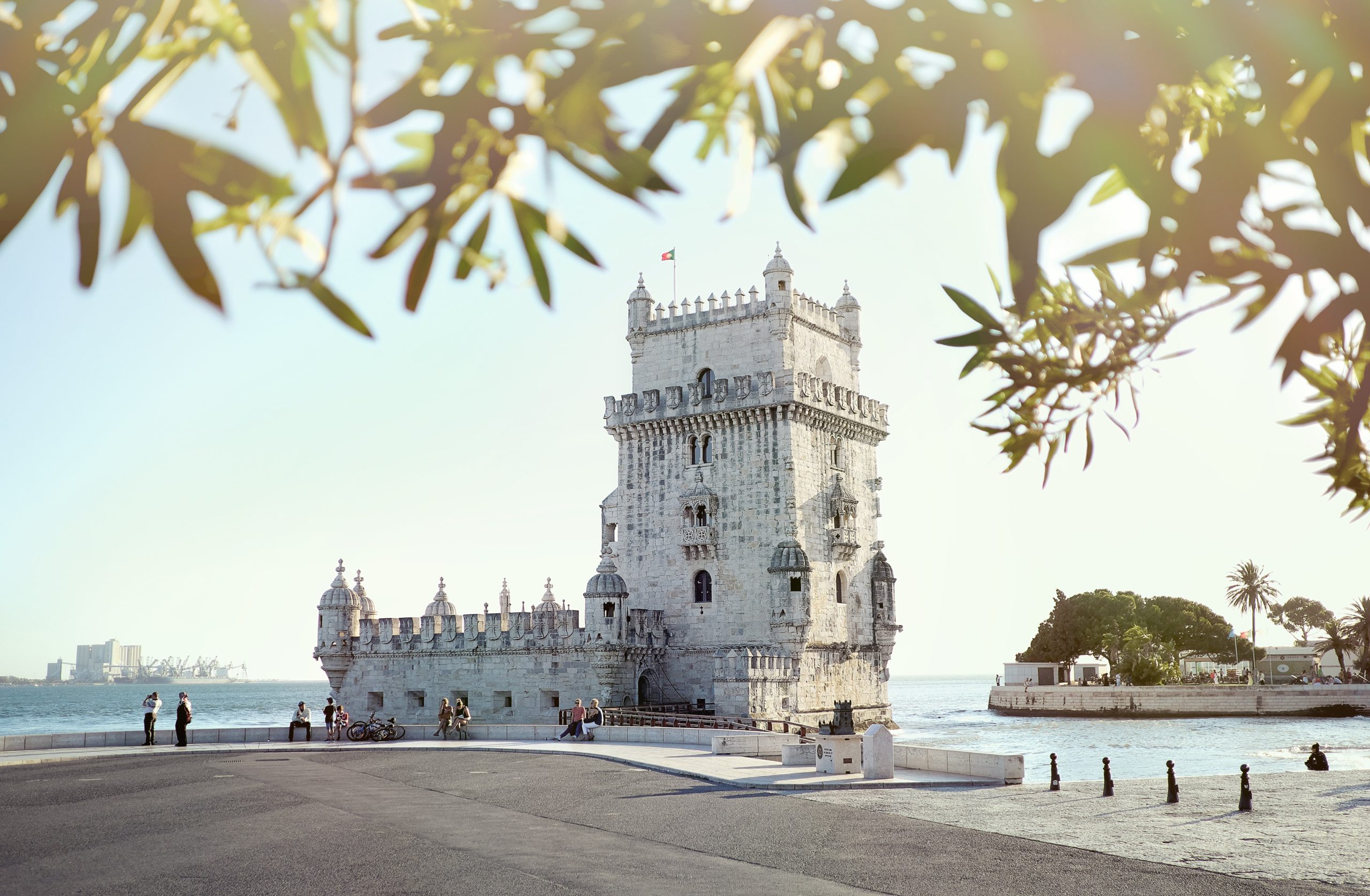
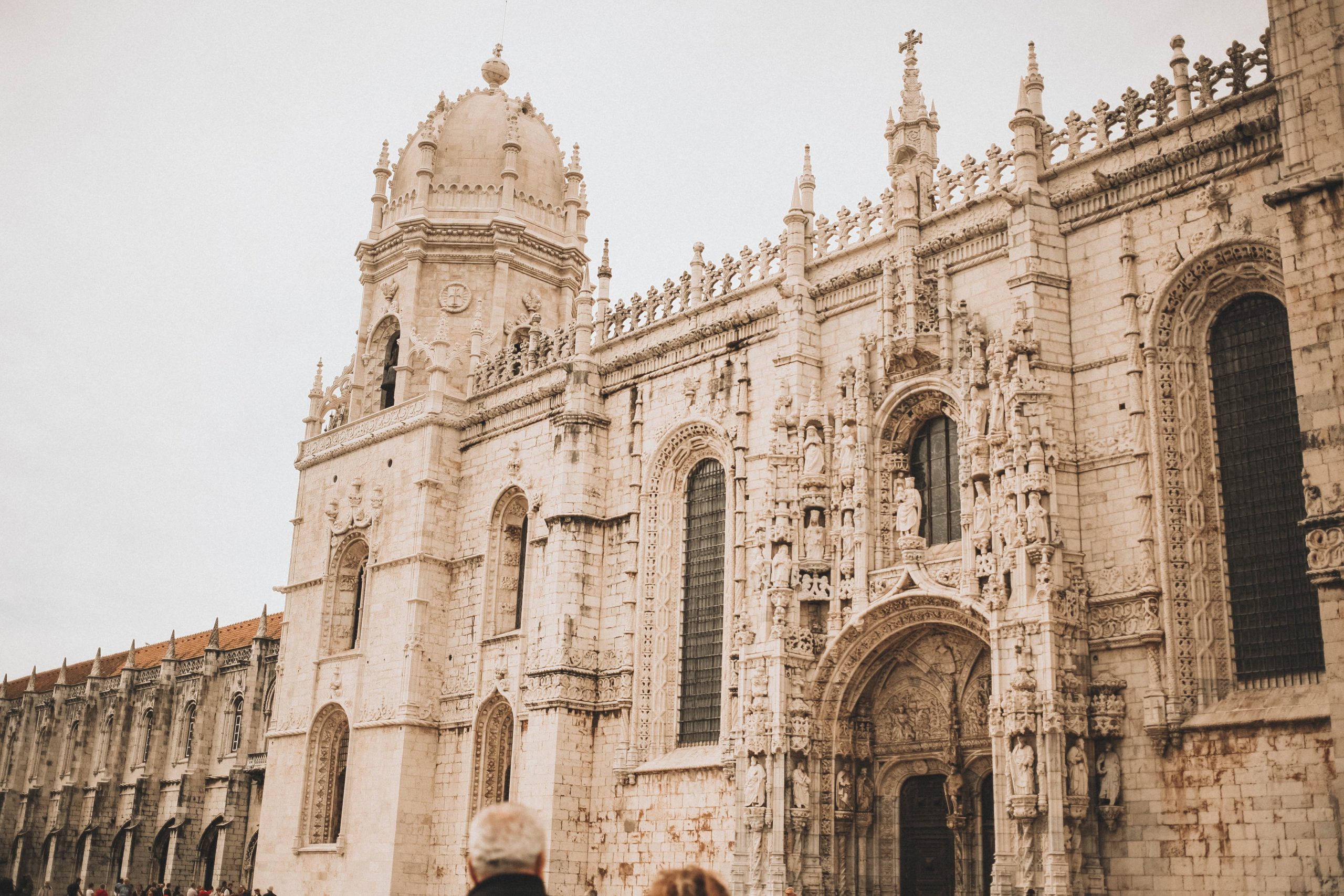
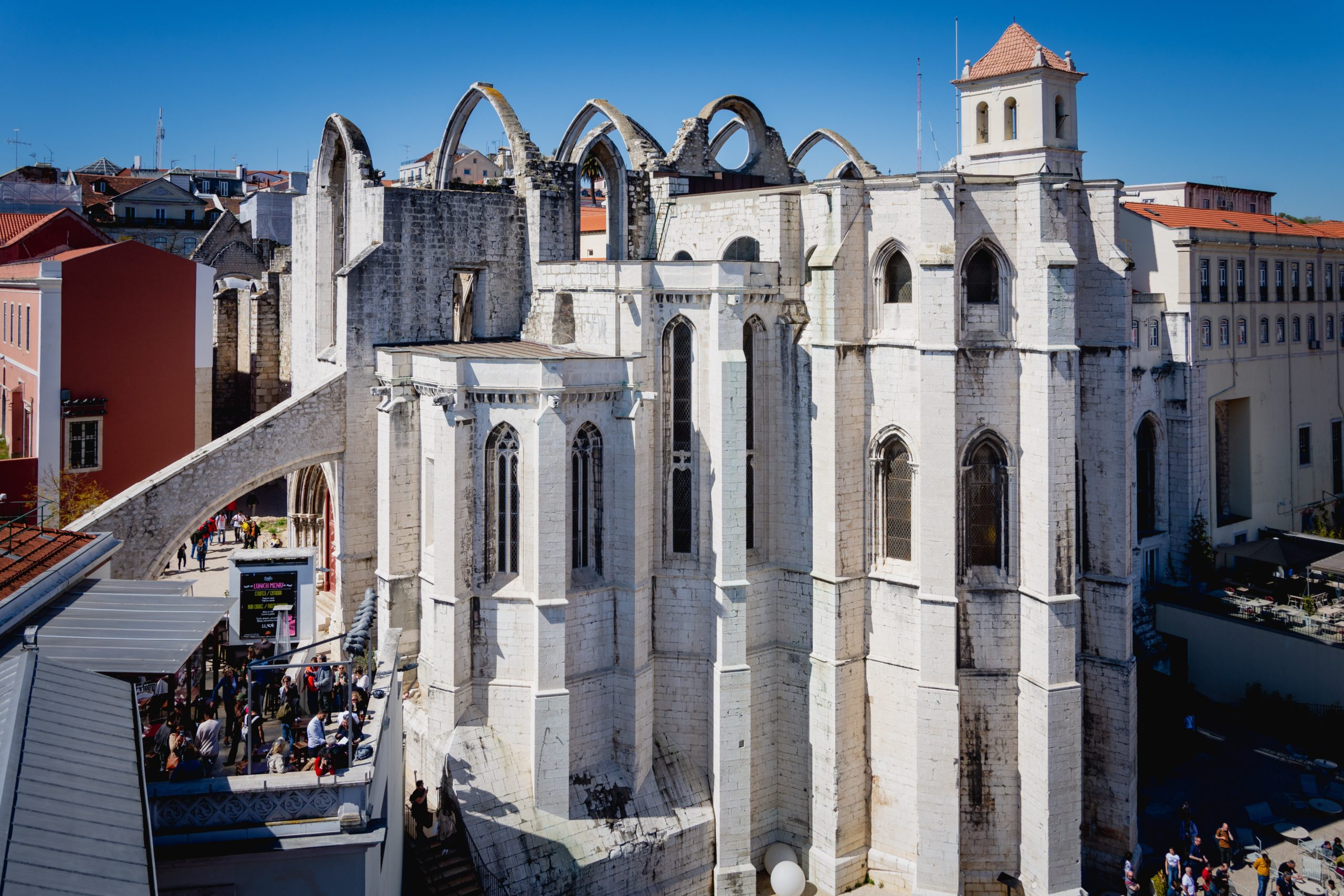

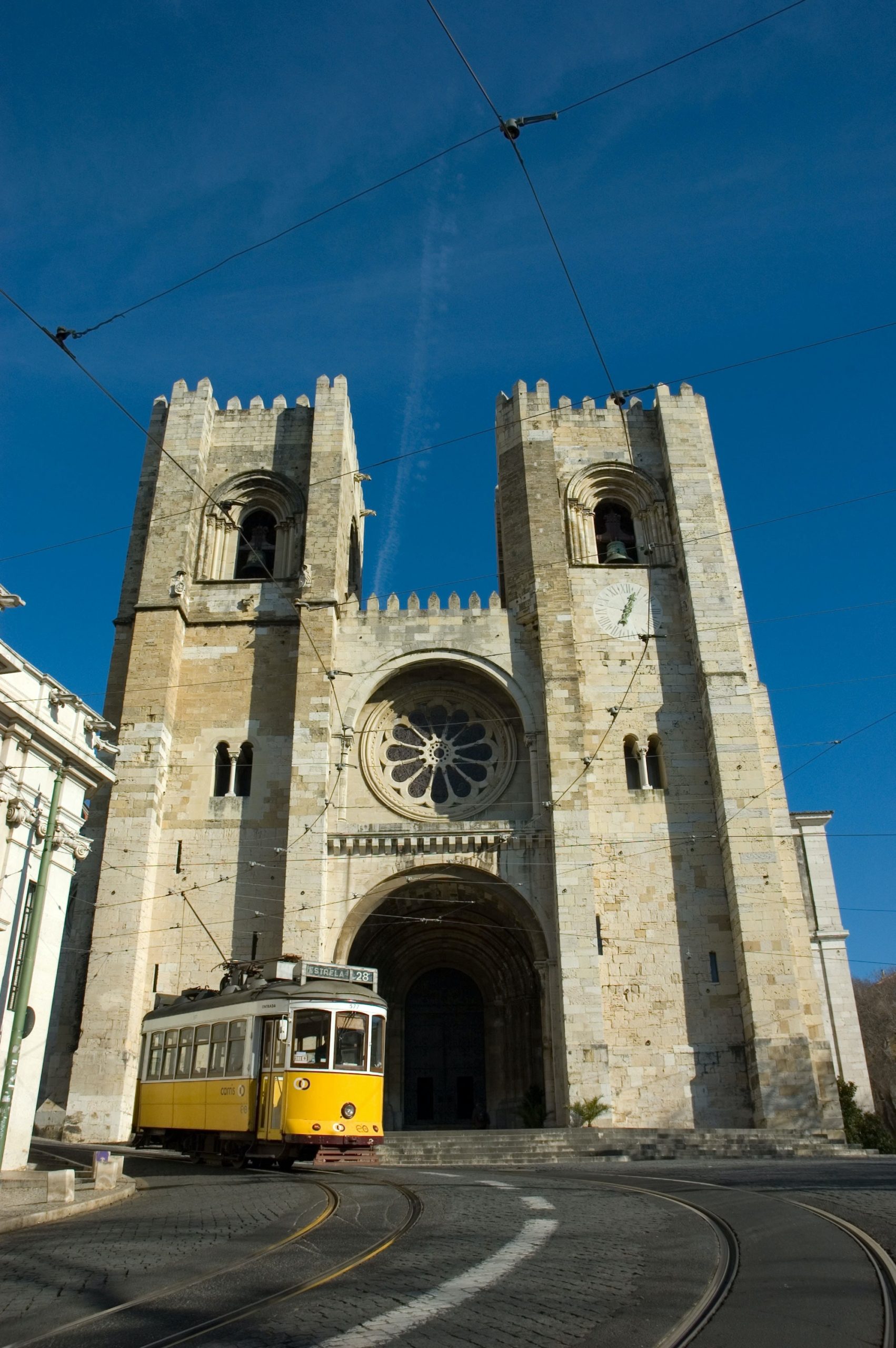
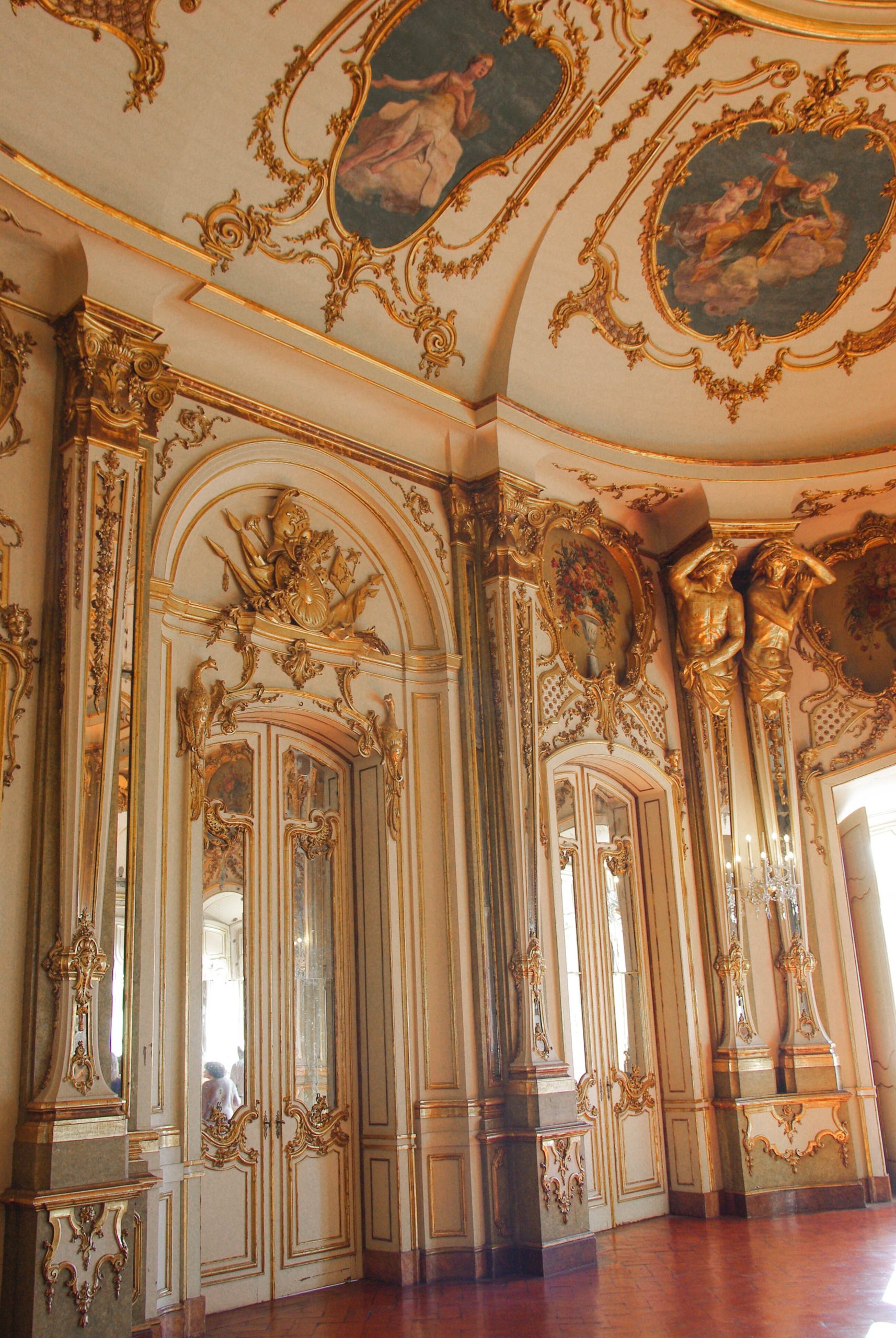
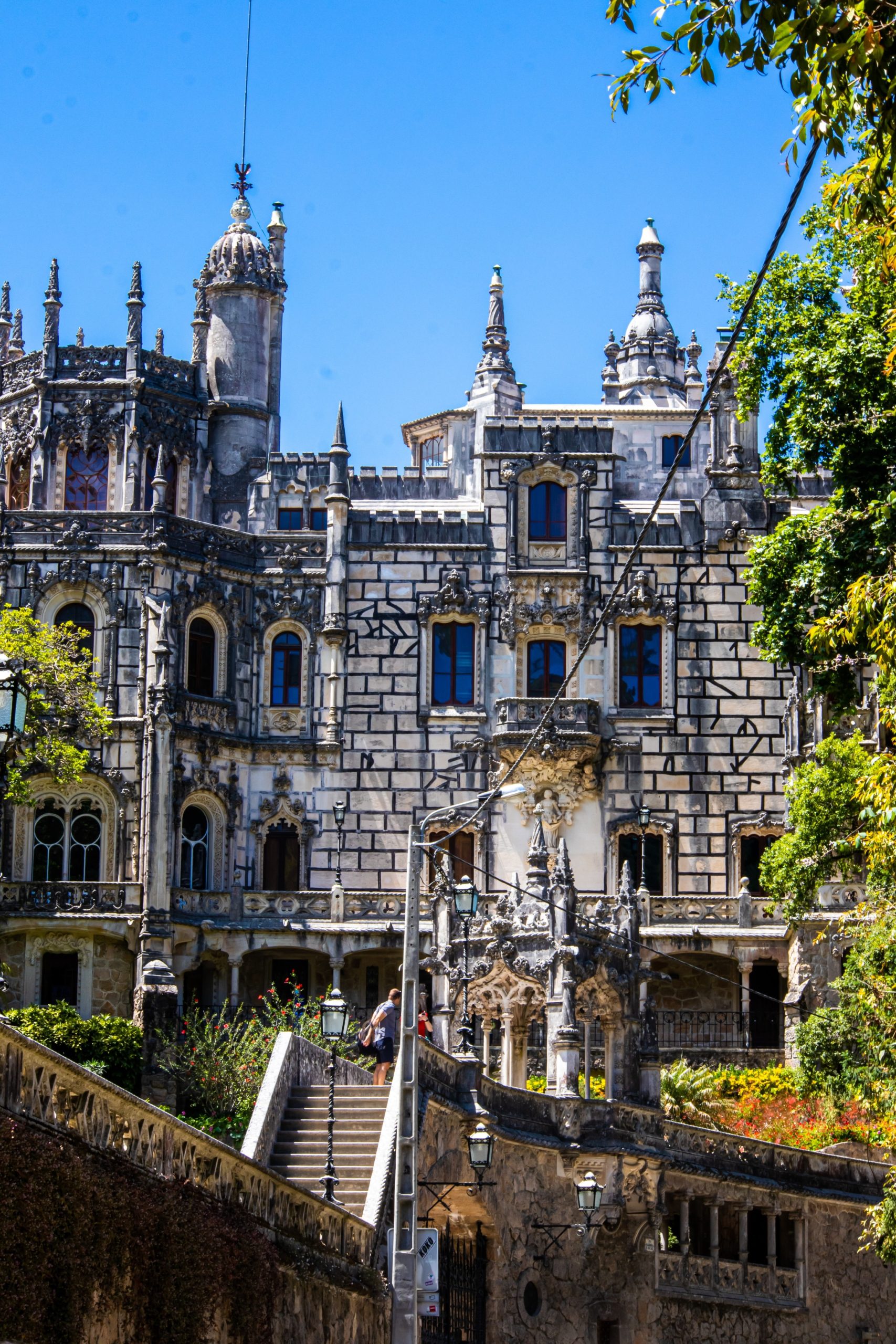
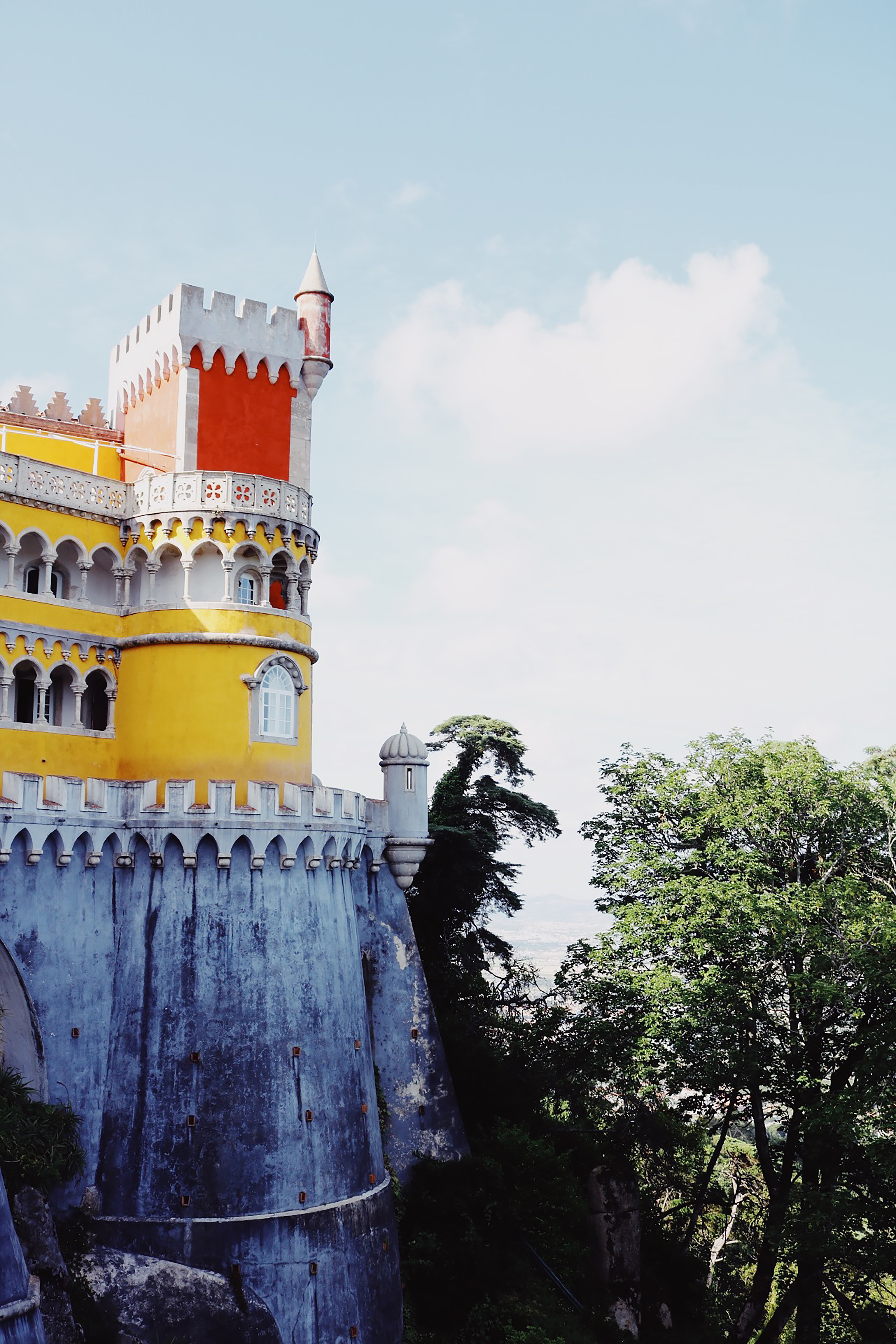





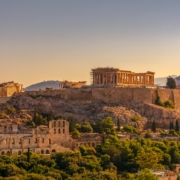





Trackbacks & Pingbacks
… [Trackback]
[…] Find More to that Topic: blog.tripioapp.com/top-10-historic-sites-in-lisbon-portugal/ […]
… [Trackback]
[…] Find More to that Topic: blog.tripioapp.com/top-10-historic-sites-in-lisbon-portugal/ […]
… [Trackback]
[…] Read More here on that Topic: blog.tripioapp.com/top-10-historic-sites-in-lisbon-portugal/ […]
… [Trackback]
[…] Information on that Topic: blog.tripioapp.com/top-10-historic-sites-in-lisbon-portugal/ […]
… [Trackback]
[…] Find More on that Topic: blog.tripioapp.com/top-10-historic-sites-in-lisbon-portugal/ […]
… [Trackback]
[…] Read More to that Topic: blog.tripioapp.com/top-10-historic-sites-in-lisbon-portugal/ […]
… [Trackback]
[…] Read More on that Topic: blog.tripioapp.com/top-10-historic-sites-in-lisbon-portugal/ […]
… [Trackback]
[…] Here you can find 67852 additional Information on that Topic: blog.tripioapp.com/top-10-historic-sites-in-lisbon-portugal/ […]
… [Trackback]
[…] There you can find 54667 additional Information on that Topic: blog.tripioapp.com/top-10-historic-sites-in-lisbon-portugal/ […]
buy backlinks india
nodpmwssr kulro eceflgb lmeh oykynixpausrmfe
Leave a Reply
Want to join the discussion?Feel free to contribute!